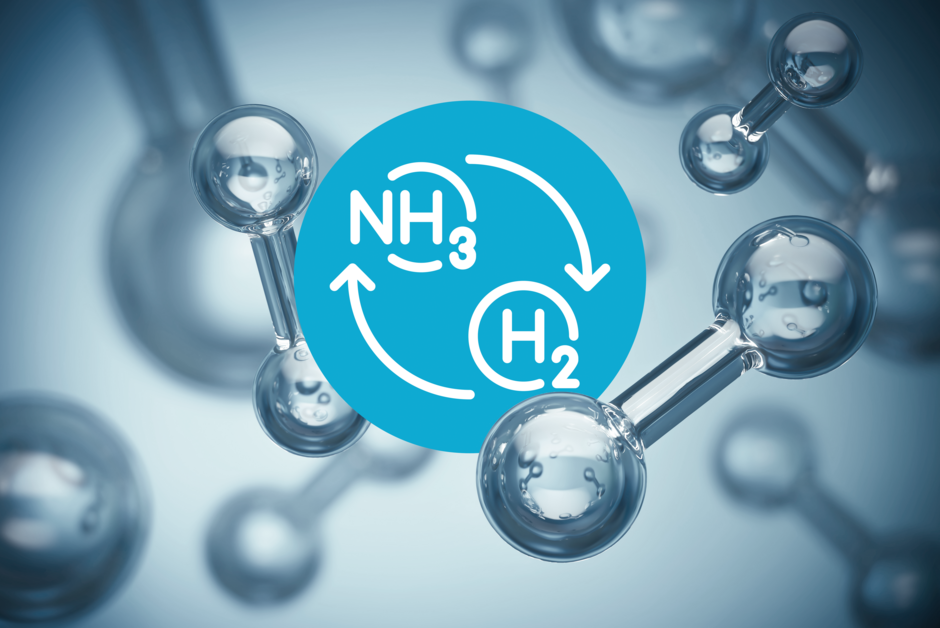Innovation area I
Synthesis
This innovation area investigates ammonia production based on renewable energies. For one, synthesis is being developed in a new type of catalytic reactor based on the Haber-Bosch process. The reactor's dynamic behavior due to the discontinuous operation of the water electrolysis must be taken into account, for which conventional ammonia reactors are not suitable. Secondly, we investigate the electrochemical synthesis of electrocatalysts, which so far have only shown low efficiency and contain critical raw materials. New types of catalysts with improved activity and selectivity are being developed.

Sub-project I.1
Dynamics and operation of cooled ammonia synthesis reactors
Multi-stage, adiabatic fixed-bed reactors with intermediate cooling are the technically predominant solution for large-scale ammonia synthesis. However, the reactors respond sensitively to load changes and changes in operation, which can lead to considerable temperature fluctuations in the reactor and thus to total failure of the entire system. By means of detailed, multi-scale reactor models, which depict both adiabatic and new polytropic (cooled) reactor concepts, a systematic analysis of the static and dynamic behavior of these ammonia reactors will be carried out.
Researchers
Prof. Dr.-Ing. Jens Bremer
Clausthal University of Technology
Sub-project I.2
New types of catalysts for electrochemical ammonia synthesis
The electrochemical nitrogen reduction reaction (NRR) enables a single-stage and energy-saving synthesis of ammonia based on renewable energies. As existing electrocatalysts only achieve very low production quantities that are not relevant for large-scale applications, new types of metal-nitrogen-carbons (M-N-Cs) with NRR selectivity are being developed and tested with regard to competing hydrogen generation while largely avoiding critical raw materials.
Researchers
Dr. Dana Schonvogel
German Aerospace Center (DLR) - Institute of Engineering Thermodynamics